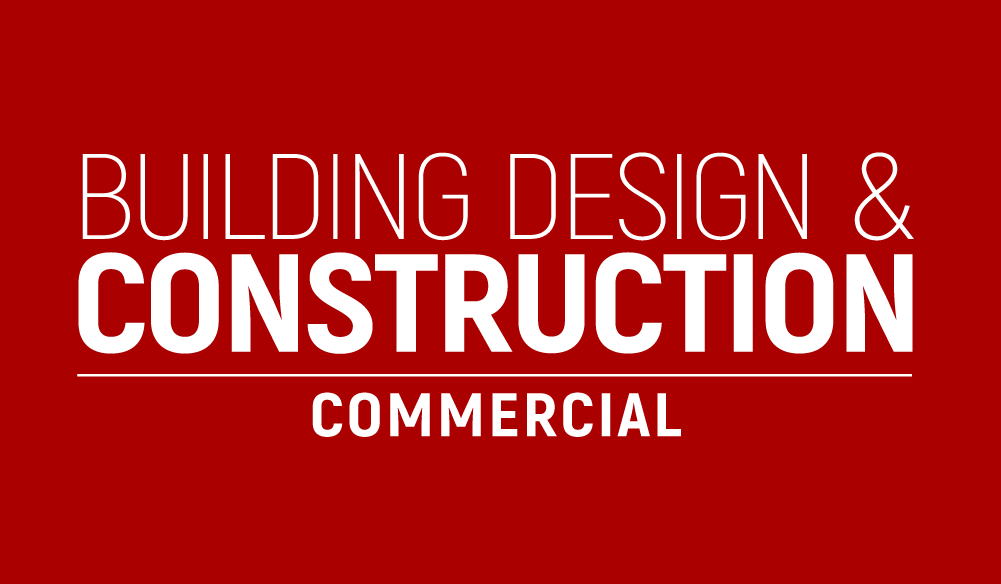Libraries are now bright, well lit open spaces where users can enjoy a connection to their community and new technologies, connecting the old and the new. The 7 winners of the AIA (American Institute of Architects) 2016 Library Building Awards display this perfectly. The winners all very different all make a purposeful choice in from planning and design to consider how architecture affects the mood of users. Architecture can use elements such as lighting and space, shapes, materials and textures.
Dr Sergio Altomonte associate professor in the department of architecture and built environment at the Nottingham university stated that urban spaces and buildings should be primarily designed with their users in mind, now architecture’s understands the significance of physical, physiological and psychological well-being and know how to implement and trigger such important elements in the mind of the users. With citizens of modern society spending 90% of their time indoors this is now more important than ever.
Sensory stimulation has become an area of particular interest for designers who are now asked to consider the social, safety and space necessary for a healthy environment. For example, Natural light, can play a vital part in hospital patients recovering and school pupils performing better. Natural light helps regulate body clocks, sleeping patterns and digestion it helps to develop the hormone melatonin and the production of neurotransmitter serotonin, which can help to reduce the symptoms of depression.
A well designed space will allow the user to discover and navigate the building for themselves. The range of different needs that people can have include the needs of being alone of being with others. The environmental psychology of a building has become even more important to designers who understand the people-environment fit and flexible spaces with a balance between form and function. The new fundamentals of architecture are not always about how a building looks but how it makes the user feel, the way it allows users to behave, reflect and act.




